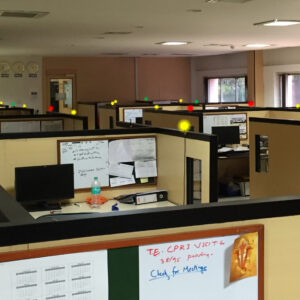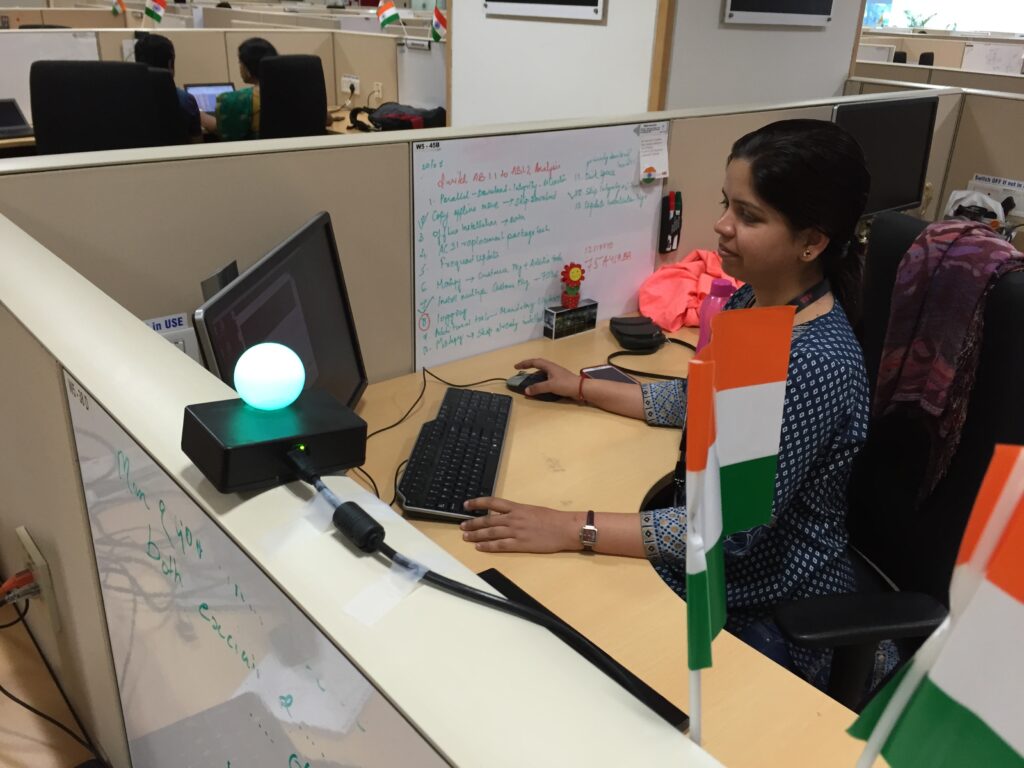Research
We focus on empirically studying software developers and on using personal and biometric data to improve software developers’ productivity and well-being.
By better understanding what software developers need, what they experience, and how they operate, we are able to provide better and more tailored support to developers as well as improve their productivity and the quality of the software they produce.
Developer Productivity
Understanding software developers’ productivity, and devising approaches to allow developers to identify productive behavior changes through retrospection and self-reflection that fosters productivity and focus at work.
Biometric Sensing
Exploring biometric (aka. psycho-physiological) sensors to measure cognitive and emotional states of developers, and using these measures to provide better support, such as, by intervening before a developer creates a bug or the developer’s productivity is impeded.
Information Needs
Empirically studying developers’ information needs, and devising developer-centric models that provide easy access to the relevant project information or artifact, such as work item, code snippet, email, website, or file, at the right time.

Selected Projects

Team Productivity
Exploring the patterns and challenges in building software products, and developing strategies to improve collaboration and wellbeing in the workplace.
Members: Alexander Lill, Anastasia Ruvimova, André Meyer, Thomas Fritz

Virtual Reality
Can we use virtual reality to create an immersive, tailored experience to boost mood and focus while working?
Members: Anastasia Ruvimova, Thomas Fritz

Individual Productivity – Personal Analytics
Understanding software developers’ productivity, and devising approaches to allow developers to identify productive behavior changes through retrospection and self-reflection that fosters productivity and focus at work.
Members: André Meyer, Thomas Fritz

FlowLight & FlowTeams – Fostering Productive Work in Hybrid Workplaces
In today’s collaborative work environments, knowledge workers experience frequent interruptions from their co-workers, either in-person at the office or through online channels. We previously developed a research prototype, FlowLight, which reduces 46% of interruptions at work, by visualizing users’ current focus in a physical LED light. We are now aiming to adapt the FlowLight to today’s hybrid workplace scenarios and make it available to the public, to help foster deep work.
Members: André Meyer, Thomas Fritz

Supporting Developer Workflows
One of the biggest impediments to software developer’s productivity in today’s (hybrid) work scenarios is the high work fragmentation, with developers constantly switching between tasks, and artifacts. Our work focuses on sensing software developers’ workflows and task context, to better support the cross-application, cross-artifact and multi-tasking nature of development work.
Members: Roy Rutishauser, André Meyer, Thomas Fritz

Sensing and Supporting Developers’ Flow
Software developers regularly experience difficulties, fatigue or frustration in their work that can lead to defects in the code, as well as consume extra time and effort. New technologies and devices, such as eye-tracking, smart watches or EEG sensors, allow us to capture various physiological data related to a developer’s cognitive and emotional states in less invasive ways than previously possible. The objective of this project is to examine and develop approaches to measure a developer’s cognitive and emotional states and provide interventions to increase flow, reduce code difficulty, and improve overall well-being at work.




